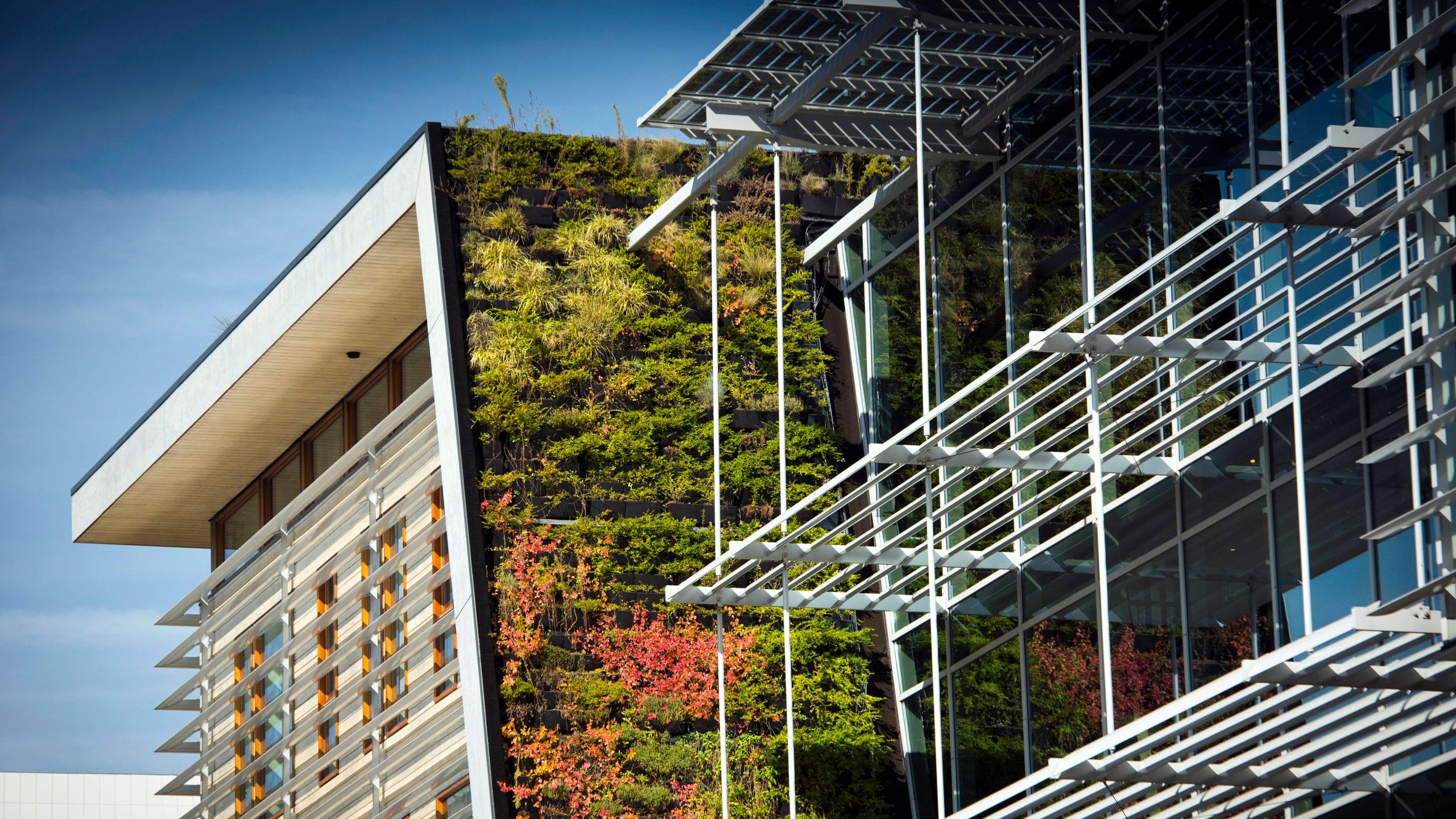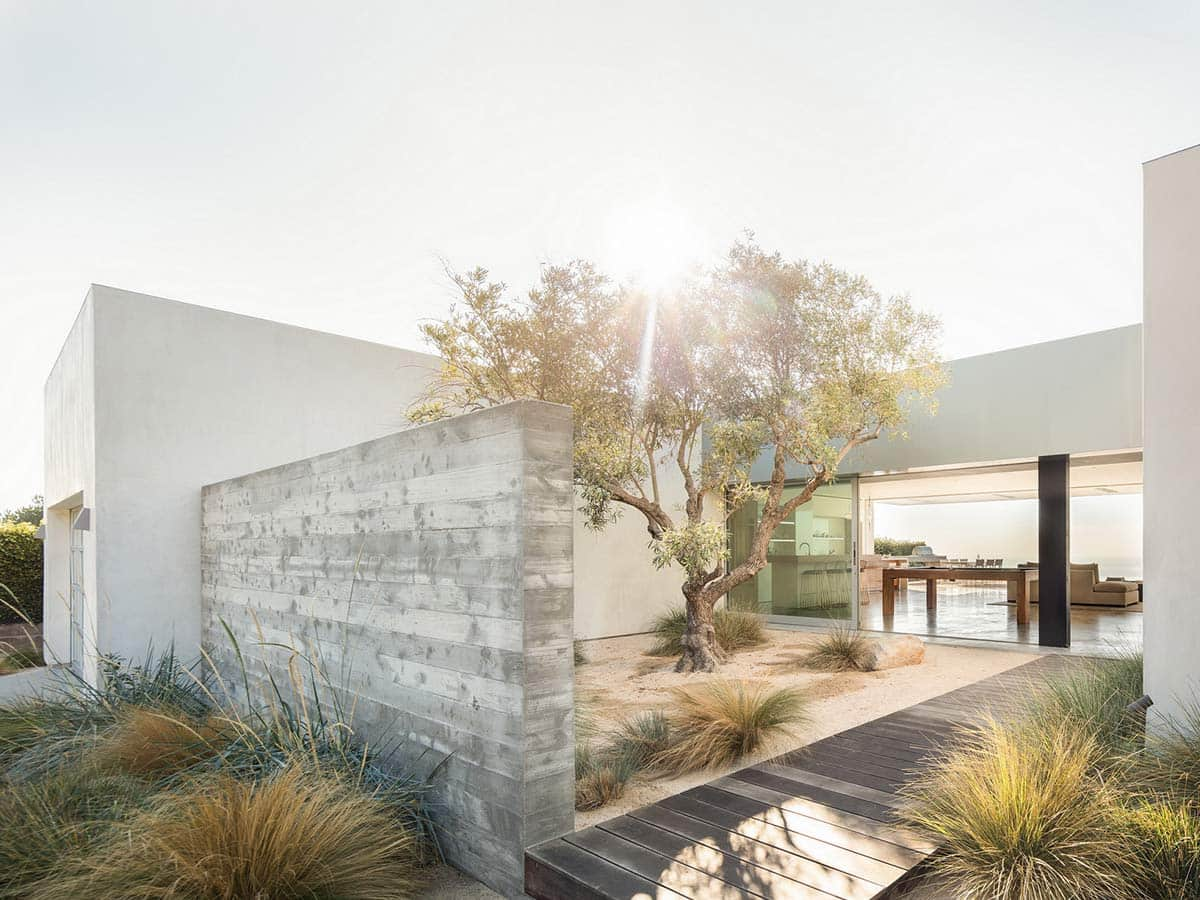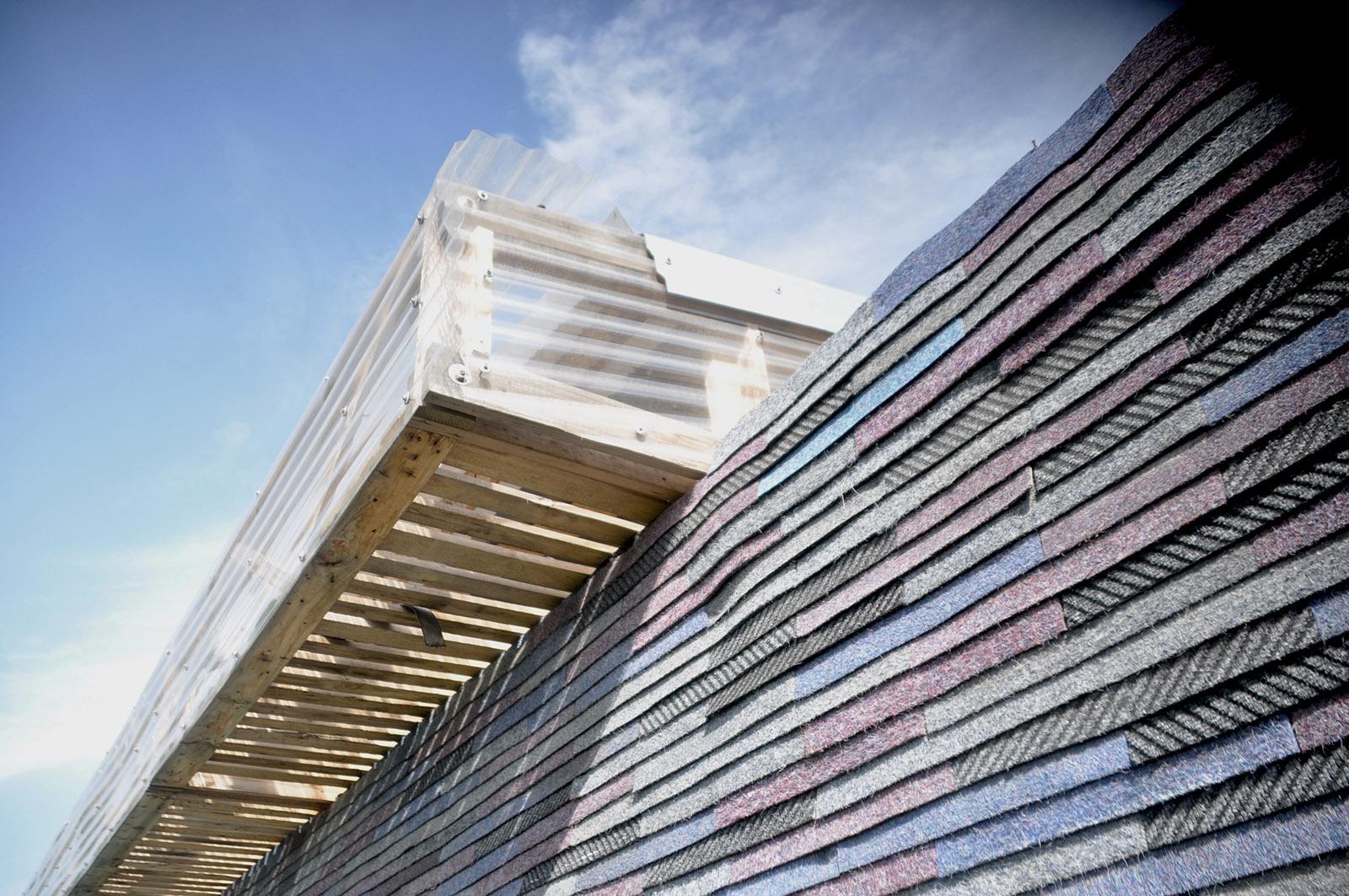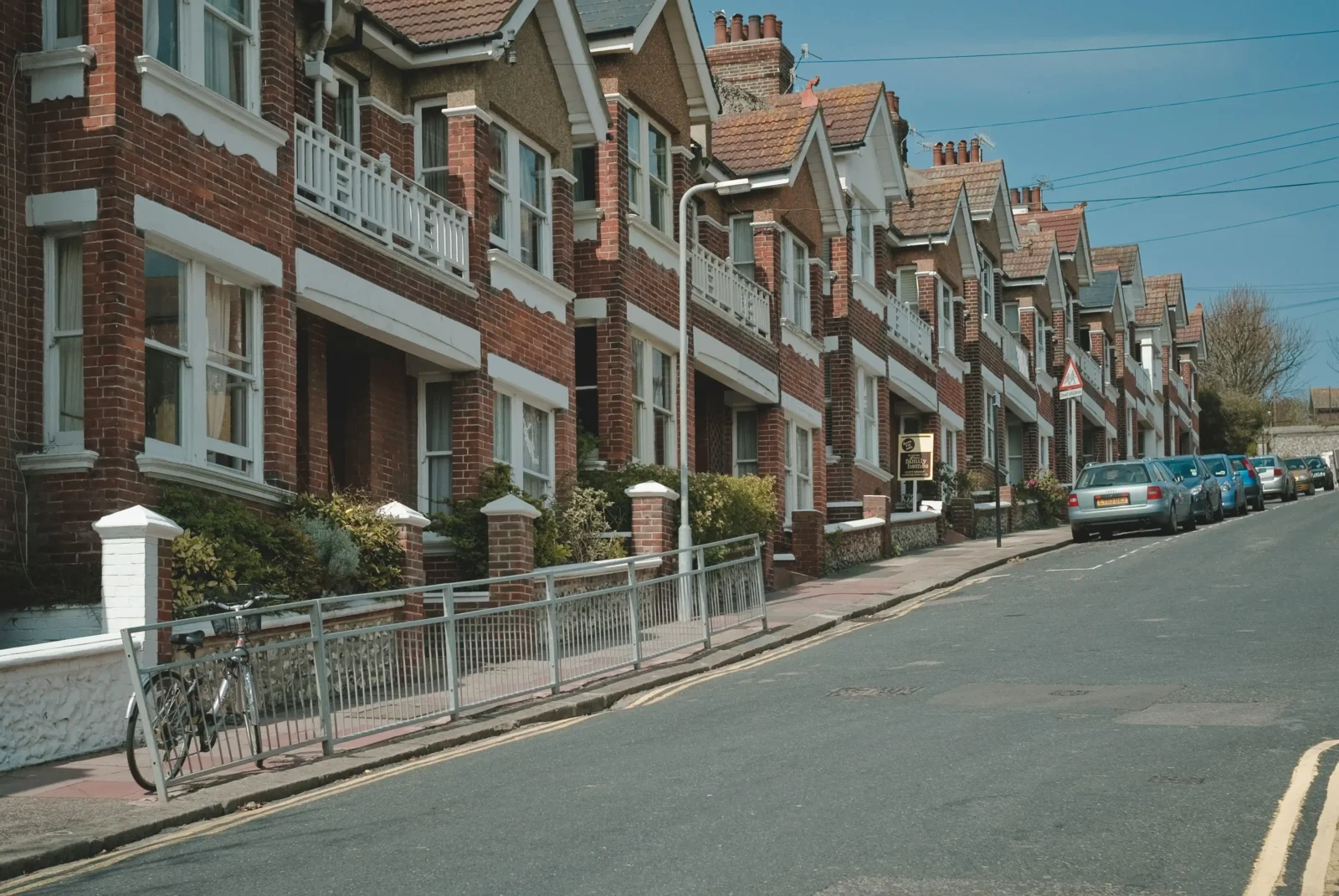- Home
- Articles
- Architectural Portfolio
- Architectral Presentation
- Inspirational Stories
- Architecture News
- Visualization
- BIM Industry
- Facade Design
- Parametric Design
- Career
- Landscape Architecture
- Construction
- Artificial Intelligence
- Sketching
- Design Softwares
- Diagrams
- Writing
- Architectural Tips
- Sustainability
- Courses
- Concept
- Technology
- History & Heritage
- Future of Architecture
- Guides & How-To
- Art & Culture
- Projects
- Interior Design
- Competitions
- Jobs
- Store
- Tools
- More
- Home
- Articles
- Architectural Portfolio
- Architectral Presentation
- Inspirational Stories
- Architecture News
- Visualization
- BIM Industry
- Facade Design
- Parametric Design
- Career
- Landscape Architecture
- Construction
- Artificial Intelligence
- Sketching
- Design Softwares
- Diagrams
- Writing
- Architectural Tips
- Sustainability
- Courses
- Concept
- Technology
- History & Heritage
- Future of Architecture
- Guides & How-To
- Art & Culture
- Projects
- Interior Design
- Competitions
- Jobs
- Store
- Tools
- More
How Architecture Shapes a Sustainable Lifestyle

In the contemporary world, where urbanization is accelerating and resource consumption is at an all-time high, sustainability is more than just a buzzword—it’s an imperative. With increasing awareness about climate change, the focus has shifted towards adopting a more sustainable way of living. While individual habits and choices certainly play a role, the significance of architecture in promoting a sustainable lifestyle cannot be ignored. From the buildings we inhabit to the public spaces we enjoy, architecture has a profound influence on our behaviors, energy consumption, and ultimately, the environmental footprint we leave behind.
Table of Contents
ToggleEnergy-Efficient Design
One of the primary ways architecture contributes to a sustainable lifestyle is through energy-efficient design. Whether it’s through passive solar heating, natural ventilation, or the installation of renewable energy systems like solar panels and wind turbines, a well-designed building can significantly reduce the need for artificial heating, cooling, and lighting. Energy-efficient buildings not only lead to reduced energy bills but also contribute to reducing greenhouse gas emissions.
Material Sustainability
The choice of building materials is another area where architecture has a significant role to play. The use of recycled, sustainable, or rapidly renewable materials like bamboo, recycled metal, or rammed earth minimizes the environmental impact of construction. New technologies, like 3D-printed building components made from recycled materials, are also helping to revolutionize sustainable construction practices.
Waste Management
A thoughtfully designed building can also facilitate better waste management. Through integrated recycling chutes, composting facilities, or decentralized waste treatment systems, architecture can make it easier for residents to adopt sustainable waste practices. These features can significantly reduce the amount of waste that ends up in landfills, thereby contributing to a more sustainable lifestyle.

Community Building and Accessibility
Sustainable architecture is not limited to individual buildings; it also involves the planning and layout of communities. Walkable neighborhoods with easily accessible public transportation options encourage residents to use cars less frequently, reducing their carbon footprint. Moreover, the inclusion of green spaces, public gardens, and communal areas in architectural planning contributes to a sense of community, encourages outdoor activities, and improves mental well-being, which are all essential components of a sustainable lifestyle.
Water Conservation
Architectural designs can also include water conservation features such as rainwater harvesting systems, greywater recycling, and drought-tolerant landscaping. These features not only help in the conservation of precious water resources but also encourage a more mindful consumption of water, a critical aspect of a sustainable lifestyle.
Psychological Impact
The role of architecture in promoting sustainability also has a psychological dimension. Well-designed spaces that incorporate natural elements, such as sunlight and plants, can improve mental well-being and encourage a more balanced, harmonious way of life. This psychological comfort can make it easier for individuals to focus on adopting other sustainable practices.
As we move further into the 21st century, the role of architecture in shaping sustainable lifestyles will only become more crucial. Far from being merely a backdrop to our lives, architecture actively shapes our behaviors, choices, and interactions with the environment. It serves as a tangible reminder of what we can achieve when design and sustainability work hand in hand, creating not just buildings, but better futures.

The subject of sustainable architecture has gained prominence over the past few decades, and several pioneering architects have played a pivotal role in this development. These individuals have integrated sustainability into their design philosophies, setting an example for the industry as a whole. Here are some of the pioneer architects who have made a significant contribution to sustainable design:
William McDonough
William McDonough is widely known for his efforts to implement sustainable architecture and his Cradle to Cradle design philosophy, which views any material as a nutrient circulating in a healthy, safe metabolism. He has been involved in multiple projects that incorporate this philosophy, including the Ford Rouge Complex in Dearborn, Michigan.
Renzo Piano
An Italian architect renowned for his high-tech public spaces, Renzo Piano is also committed to eco-friendly designs. His projects often incorporate sustainable materials and energy-saving technologies. The California Academy of Sciences in San Francisco, one of his notable works, features a living roof composed of native plants and a solar canopy.
Norman Foster
Sir Norman Foster, founder of Foster + Partners, is known for incorporating sustainability into his futuristic designs. His firm has undertaken various projects that are energy-efficient and eco-friendly, such as the Hearst Tower in New York City, which was the first skyscraper to receive a LEED Gold certification.

Submit your architectural projects
Follow these steps for submission your project. Submission FormLatest Posts
10 Interesting Facts About Zaha Hadid
Zaha Hadid was a visionary architect whose fluid forms, bold experimentation, and...
Online 3D Terrain Mapping Tools for Urban and Landscape Design in 2025
A curated guide to the best online 3D terrain mapping tools in...
Common Emergency Repairs Every Homeowner Should Be Ready For
For most of us, when something goes wrong, we have a propensity...
Designing, Retrofitting, and Valuing Non-Standard Homes in Britain
Britain’s housing stock carries a quiet contradiction. From the street, many homes...












Leave a comment